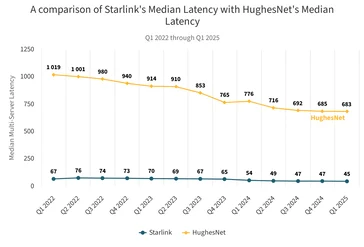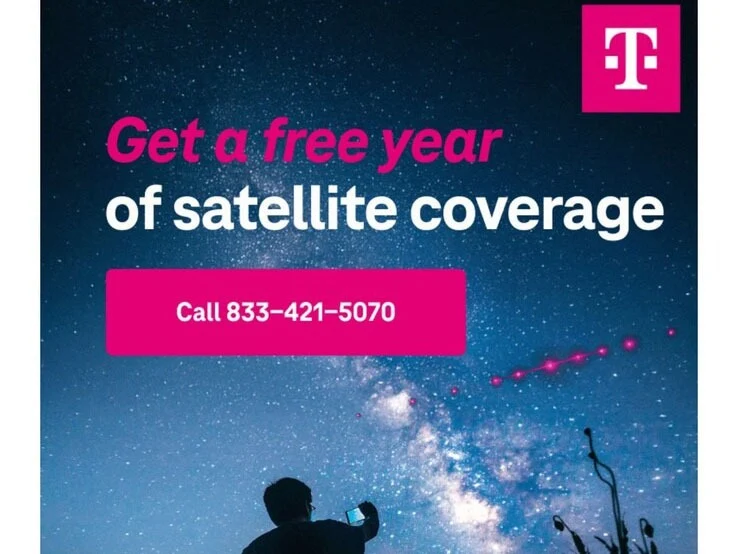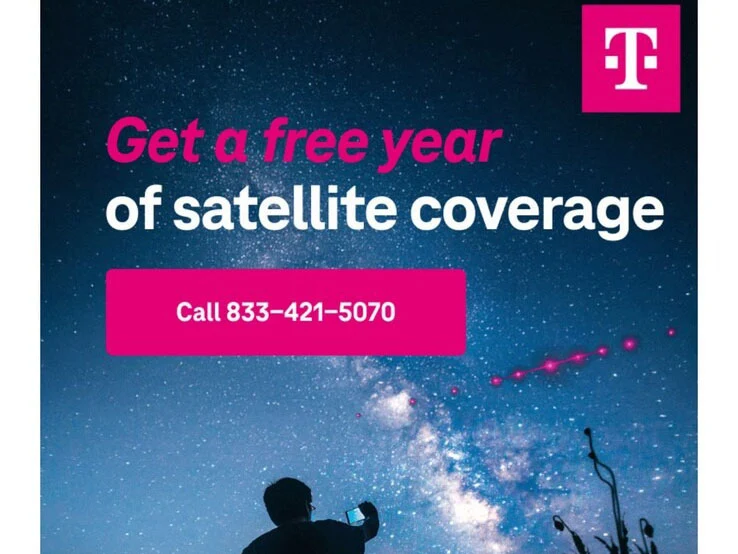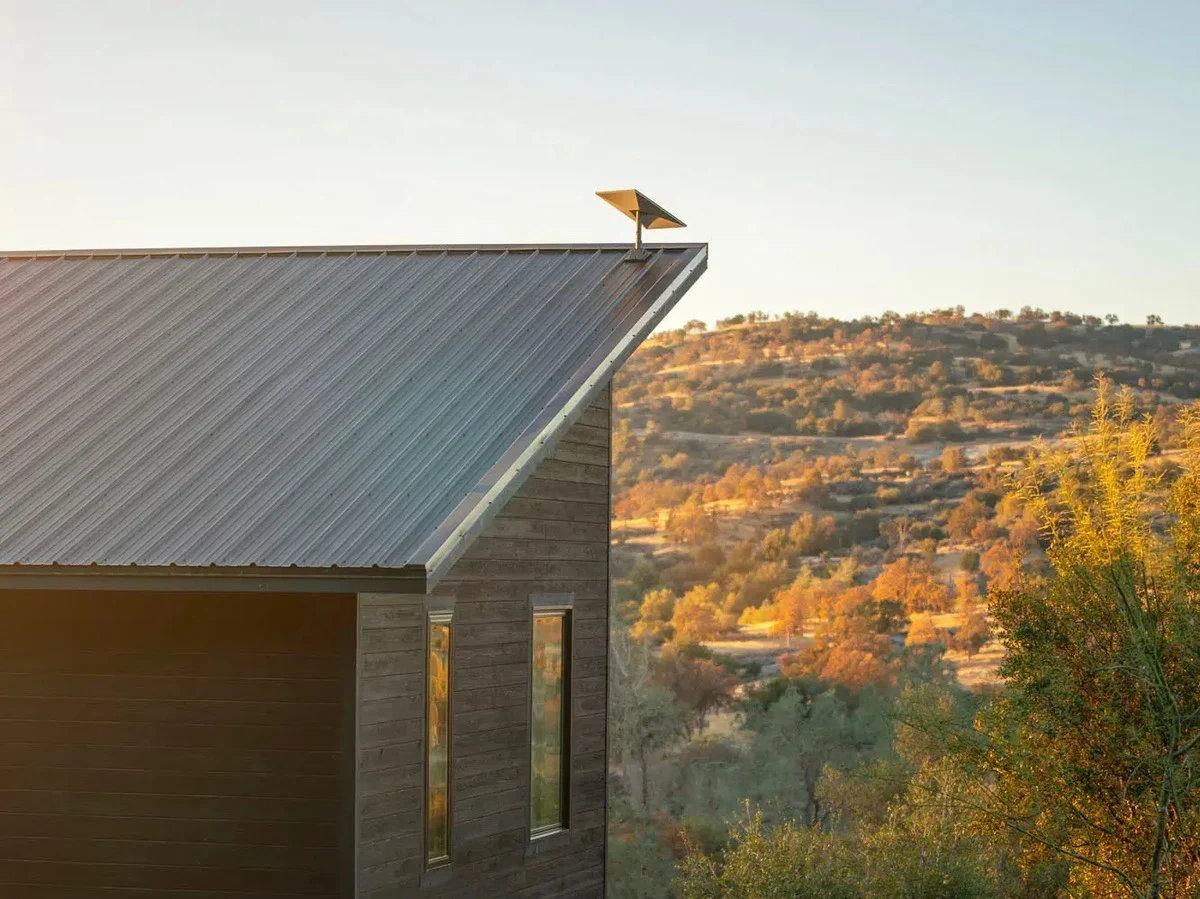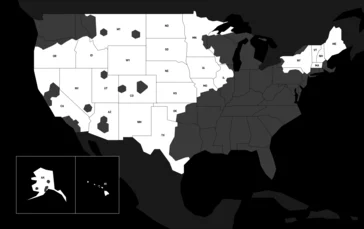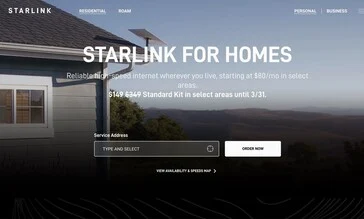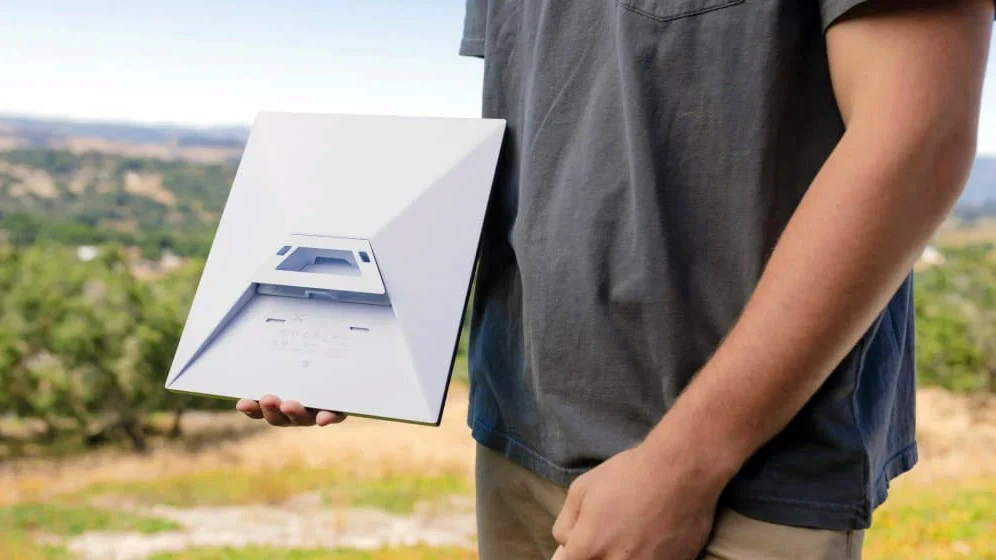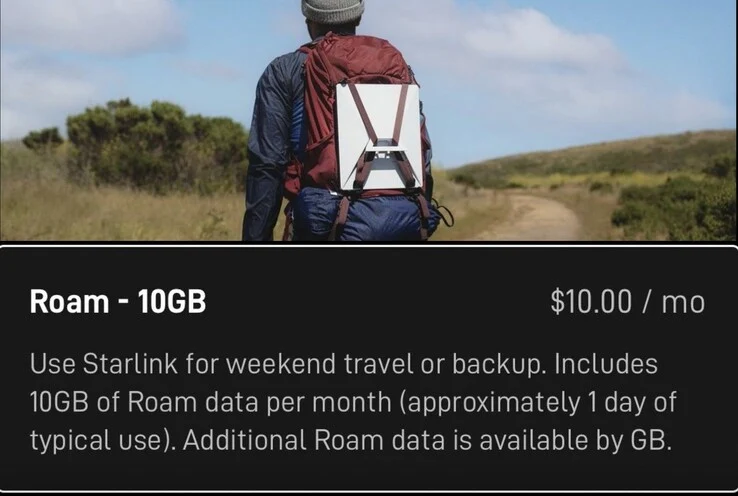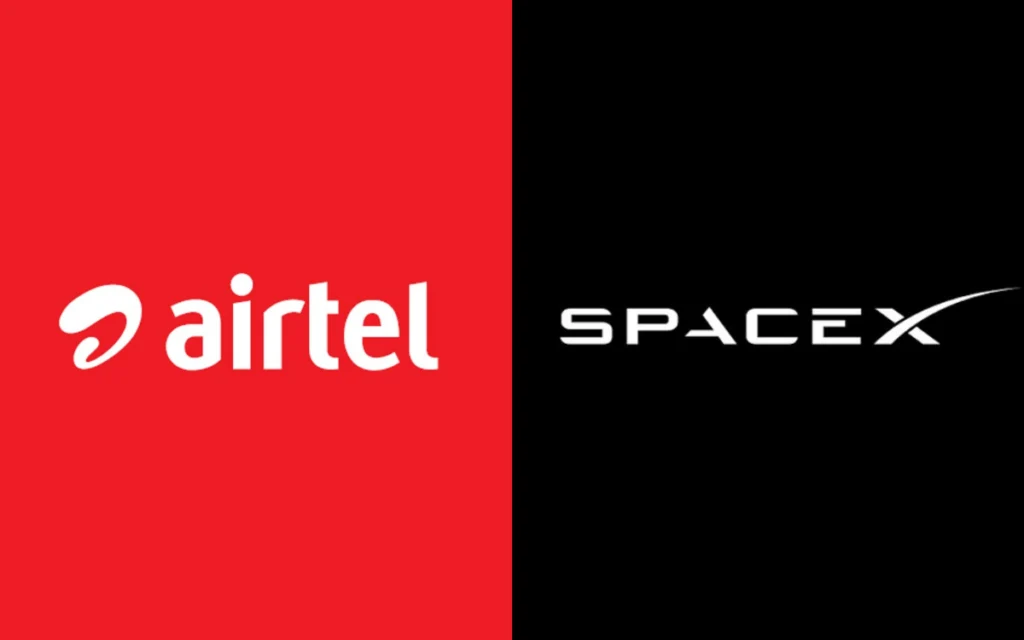Key Takeaways
1. SpaceX has nearly doubled Starlink’s download speeds, achieving a median of 104.71 Mbps, meeting FCC broadband criteria.
2. The company has produced its 10 millionth dish and is currently manufacturing about 15,000 units daily to support a rising subscriber base of six million.
3. Upcoming Starlink V3 satellites, set to launch in 2026, will provide significant improvements in upload speeds and throughput, reaching 1 Tbps.
4. The latency has improved, dropping from 76 ms to 45 ms, with expectations to reach under 20 ms with the V3 satellites.
5. Starlink V3 will ensure that even lower-cost dishes meet broadband speed requirements, marking a milestone for satellite Internet.
SpaceX has significantly improved the download speeds of its Starlink satellite Internet service, nearly doubling from the lows experienced in the third quarter of 2022 when it struggled to keep up with demand.
Expansion of Capacity
To showcase the satellite capacity it has been consistently adding, SpaceX recently celebrated the production of its 10 millionth dish, producing around 15,000 units every day at present.
Despite a sharp rise in subscribers to six million, Starlink’s speeds have surged since the lows of 2022, reaching a median of 104.71 Mbps for downloads. This marks the first time it has met the FCC’s criteria for broadband Internet.
Current User Experience
Although only 17% of American Starlink users fully meet the FCC’s minimum broadband standards of 100 Mbps for downloads and 20 Mbps for uploads, this is largely due to the uplink capability of the current V2 satellites.
With the upcoming launch of the Starlink V3 satellites—which are as large as a Boeing 737 when their solar panels are extended—the upload speeds are set to meet FCC broadband definitions as well. The V3 satellites are expected to provide 1 Tbps throughput, which is ten times the current Starlink download speeds, along with a substantial uplink boost to 160 Mbps.
Historical Changes
This development means that even users with the lower-cost and portable Starlink Mini dish will finally meet America’s broadband Internet speed requirements for both downloads and uploads, marking a historic moment for satellite Internet.
SpaceX has not only managed to double the Starlink download and upload speeds in less than three years, even with a significant increase in subscribers, but it has also greatly enhanced the network’s latency. The ping time has dropped from a high of 76 ms to 45 ms, thanks to the addition of six new internet connection sites.
Future Expectations
The V3 satellite constellation, which SpaceX plans to launch starting in 2026, is expected to lower latency to a comfortable gaming level of under 20 ms. Elon Musk has even suggested that the lowest ping numbers could theoretically reach as low as 5 ms.
The Starlink V3 satellites, which are set to provide a tenfold increase in download speeds and a 25-fold boost in upload speeds, will be transported to a lower orbit by SpaceX’s Mars-capable Starship 3 rocket, featuring 42 engines, with its first flight anticipated later this year.
Source:
Link

